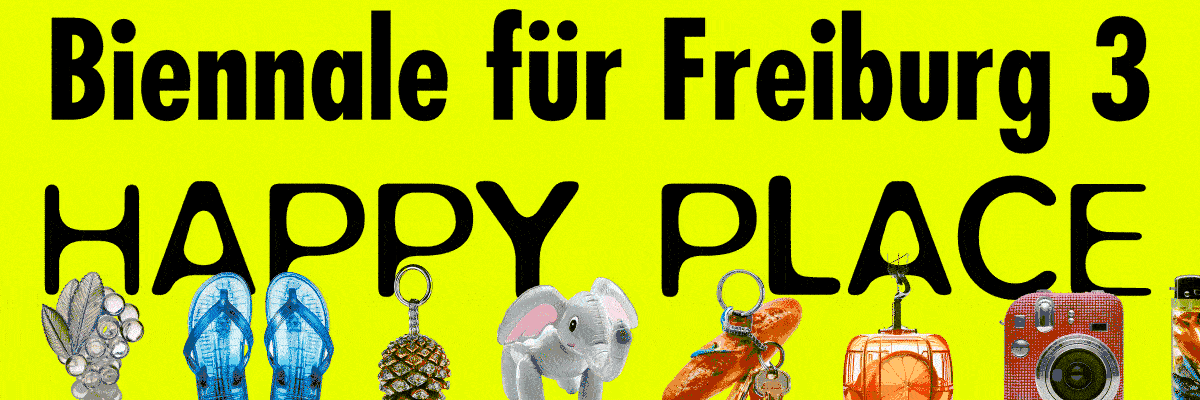
Len Schweder
Len Schweder at Loggia, Vienna

Len Schweder, No Partial, 2025, Oil Pastel on Cotton, 55 x 40 cm | Photo: repro-photo.net
Advertisement

Len Schweder, No Partial, 2025, exhibition view, Loggia, Vienna | Photo: repro-photo.net

Len Schweder, Untitled, 2025, Oil Pastel on Cotton, 55 x 40 cm | Photo: repro-photo.net

Len Schweder, No Partial, 2025, exhibition view, Loggia, Vienna | Photo: repro-photo.net

Len Scheder, Untitled, 2025, Oil Pastel on Cotton, 55 x 40 cm | Photo: repro-photo.net

Len Schweder, No Partial, 2025, exhibition view, Loggia, Vienna | Photo: repro-photo.net

Len Schweder, Untitled, 2022, Pastel on Paper, 70 x 50 cm | Photo: repro-photo.net

Len Schweder, No Partial, 2025, exhibition view, Loggia, Vienna | Photo: repro-photo.net

Len Schweder, Untitled, 2021, Graphite on Paper, 33,5 x 24 cm | Photo: repro-photo.net

Len Schweder, No Partial, 2025, exhibition view, Loggia, Vienna | Photo: repro-photo.net

Len Schweder, Untitled, 2021, Pastel on Paper, 29,5 x 21 cm | Photo: repro-photo.net

Len Schweder, No Partial, 2025, exhibition view, Loggia, Vienna | Photo: repro-photo.net

Len Schweder, Untitled, 2025, Oil Pastel on Cotton, 70 x 50 cm | Photo: repro-photo.net

Len Schweder, No Partial, 2025, exhibition view, Loggia, Vienna | Photo: repro-photo.net

Len Schweder, Untitled, 2024, Oil Pastel on Cotton, 60 x 40 cm | Photo: repro-photo.net

Len Schweder, No Partial, 2025, exhibition view, Loggia, Vienna | Photo: repro-photo.net

Len Schweder, Untitled, 2024, Watercolor & Oil Pastel on Cotton, 82 x 52 cm | Photo: repro-photo.net
A crucial step in the depiction of spatiality was the view through a machine. Apparatuses such as Dürer’s perspective machine or the camera obscura not only helped produce an image but also fixed the position of the viewer. By anchoring the viewing position through the alignment of the apparatus, seeing itself was structured and thereby rendered more amenable to analysis. The geometrisation of space was also an attempt to grasp and comprehend the world. These devices were not merely tools for achieving lifelike representations of the world, but contributed significantly to reflecting on the mechanisms of seeing and, in turn, on perception itself. They functioned as instruments of abstraction, translating experience into something measurable. The camera obscura in particular was epistemologically charged by various thinkers and was declared a symbol of the modern subject-object divide, in which the human retreats into a position of distance from the observed world. ⋆ 。࿔ °° ⭒ 。.⋆
Almost in parallel with the emergence of these apparatuses, landscape painting developed
into an independent genre. In this pictorial form, narrative or symbolic content soon ceased
to take precedence—what moved to the foreground was the act of seeing itself. As human
figures diminished in size and gradually disappeared from the picture plane altogether, the
subject matter grew increasingly abstract: With the withdrawal of a human reference point,
the landscape became a space of pure visual experience—one from which the subject had
receded, aligning instead with the viewer’s gaze outside the frame. Much like the optical
machines mentioned above, landscape representation became an abstracting vehicle: a way
of making perception itself visible, and of contemplating its operation and its significance for
the subject. Western modernist avant-garde movements pushed this abstraction to its limits
by generating landscape through phenomenological approaches. The depicted world no
longer corresponded to a shared external reality but instead expressed an interest in the
qualities of painting itself (atmosphere, composition, modulation). Perhaps the most radical
form of this geometric reduction of landscape was found in Cubism, while Surrealism
introduced figural ambiguity into landscape. .。°⊹₊ ⟡ °°
Len Schweder has assembled a machine of his own design from existing and self-fabricated
components. Like the devices mentioned above, his drawing apparatus supports the
production of images while allowing him to withdraw his position as subjective author from
the analogue act of making. To transfer the visual motifs onto the picture surface, Schweder
must translate them into mathematical code for the machine. Yet it would be mistaken to
regard this device as an image-generating machine, for pictorial invention and all artistic
decisions (atmosphere, composition, modulation) remain governed by the artist’s creative
agency and imaginative authority. His conception, selection, and transformation of source
material serve as the basis for painterly effects: a horizon line turns wide formats into
landscape panoramas *⋆. ⭒ layered planes and shortened strokes, modulated by color
gradation, generate a sense of depth +₊ ⊹° vertical, narrow elements and biomorphic
textures lend some compositions a figurative air, suggesting relative dimensionality within an
otherwise abstract scene. °°. ࿔°
These decisions are core elements of painting practice—with the crucial difference that
execution is delegated to an automaton. In this case, the painterly surface is achieved
through vector-based rasterisation of drawn lines, the illusion of modulation in a twodimensional
medium through layering of multiple machine passes, and tonality through
varying pressure of drawing tools fitted into the machine’s arm. Delegation to this
mechanical arm also subverts the self-referential gesture of the brushstroke—the act which
traditionally signals the artist’s authorship. I think we have to view this execution by the
automaton in the genealogy of machine-assisted image creation and its impact on
subjectivity in landscape painting: if abstraction in art history is linked to the (psychedelic)
dissolution of the ego, then digitally programming a drawing apparatus allows Schweder to
withdraw even his physical presence from the creation of the artwork. Subjectivity is thus
also physically detached from the image. Hesitation, authorial trace, and even the
Surrealists’ invoked idea of chance are eliminated from the production process. Instead of
showcasing an individual painting style, the resulting works attain painterly characteristics
through uncontrollable irregularities—artefacts of mechanical origin that arise from the
apparatus’s lack of pictorial awareness. Much like the pictorial treatment of landscape, the
use of the apparatus allows Len Schweder to withdraw the subject from the act of making
without sacrificing the charm and sensual immediacy of painting and drawing. .₊◌ 。 ⋆ *。 °° ⊹
Otto Bonnen




